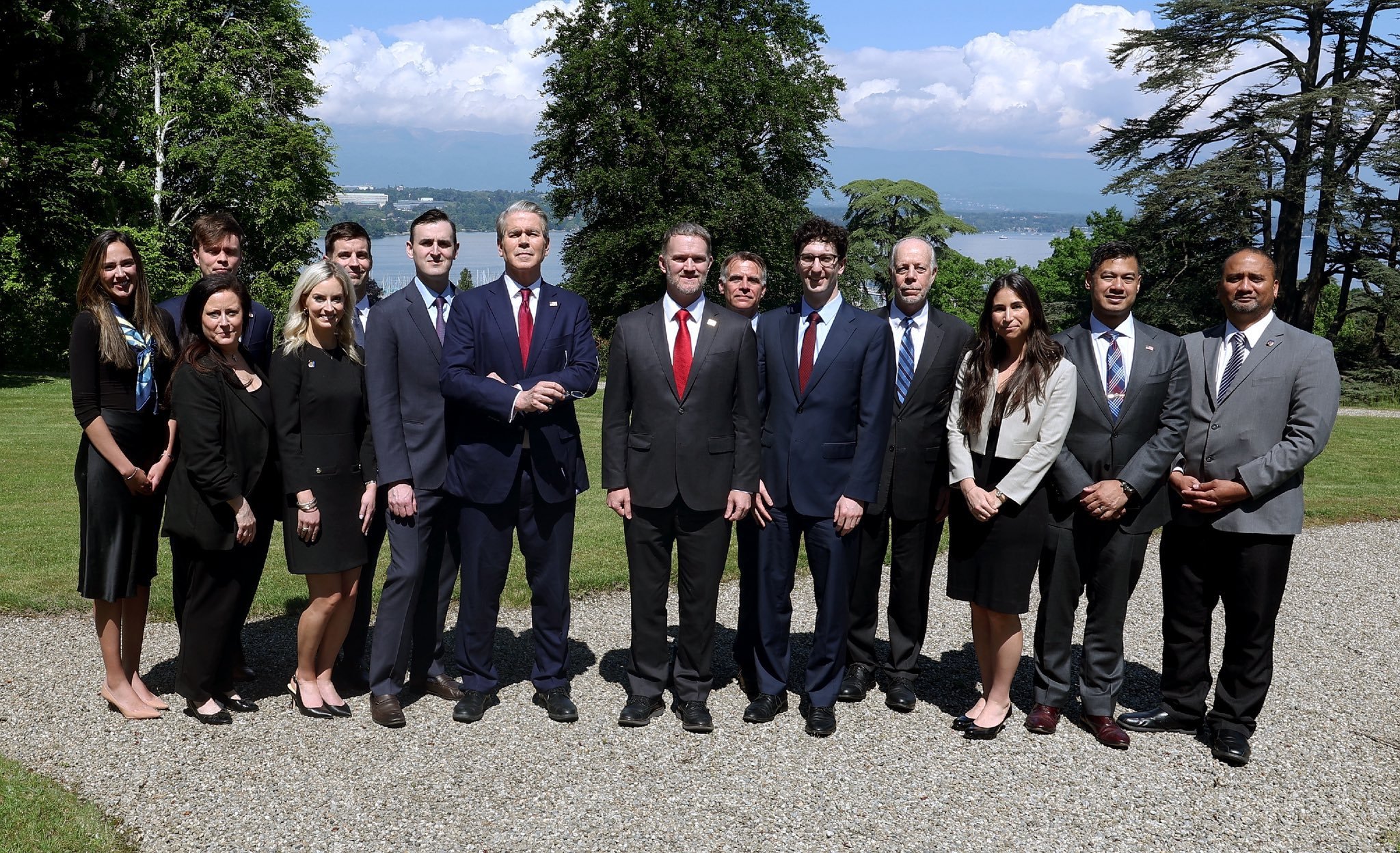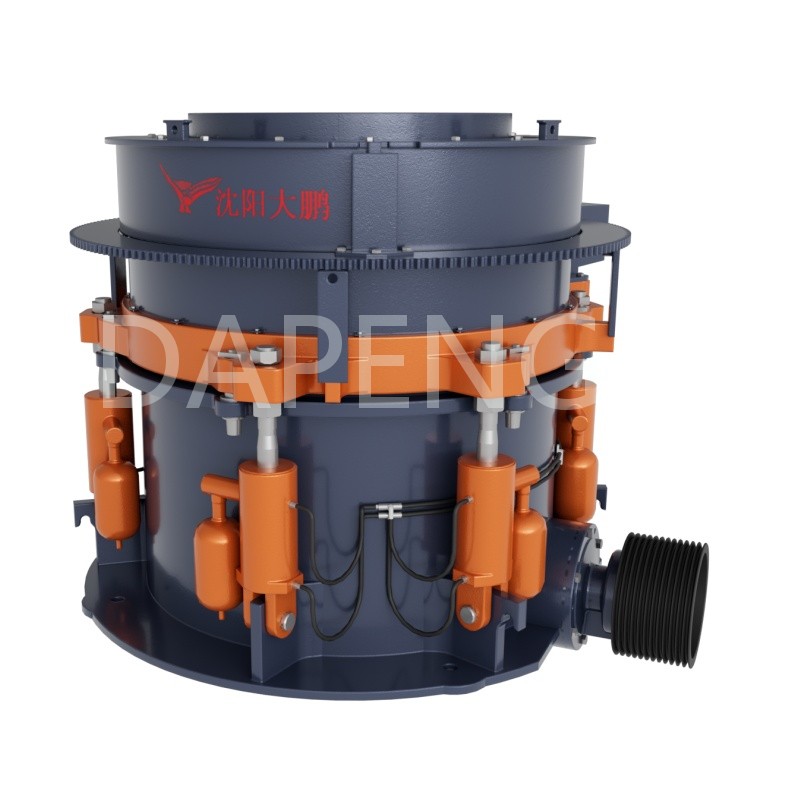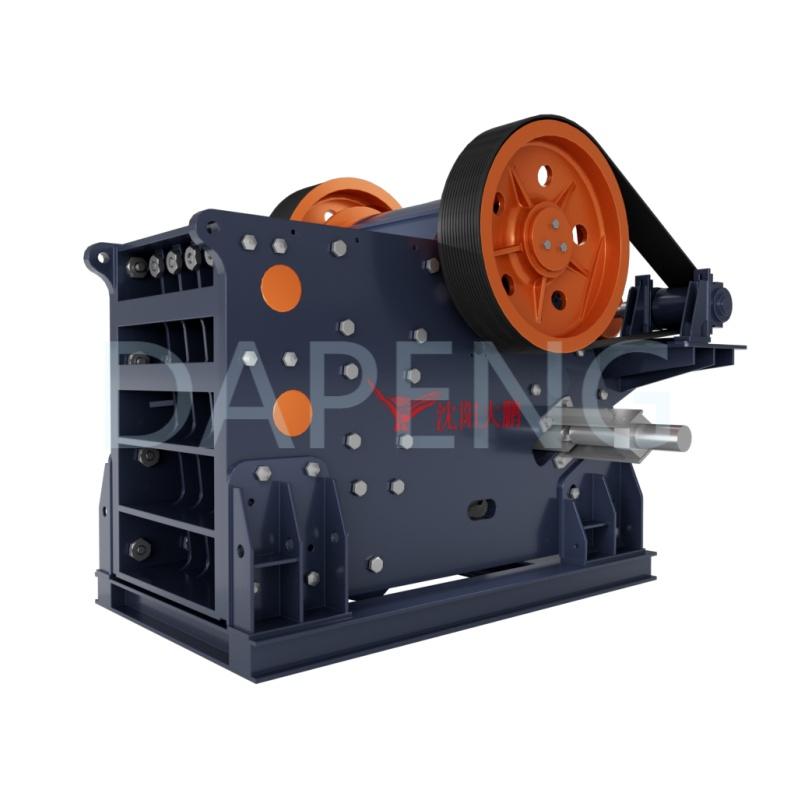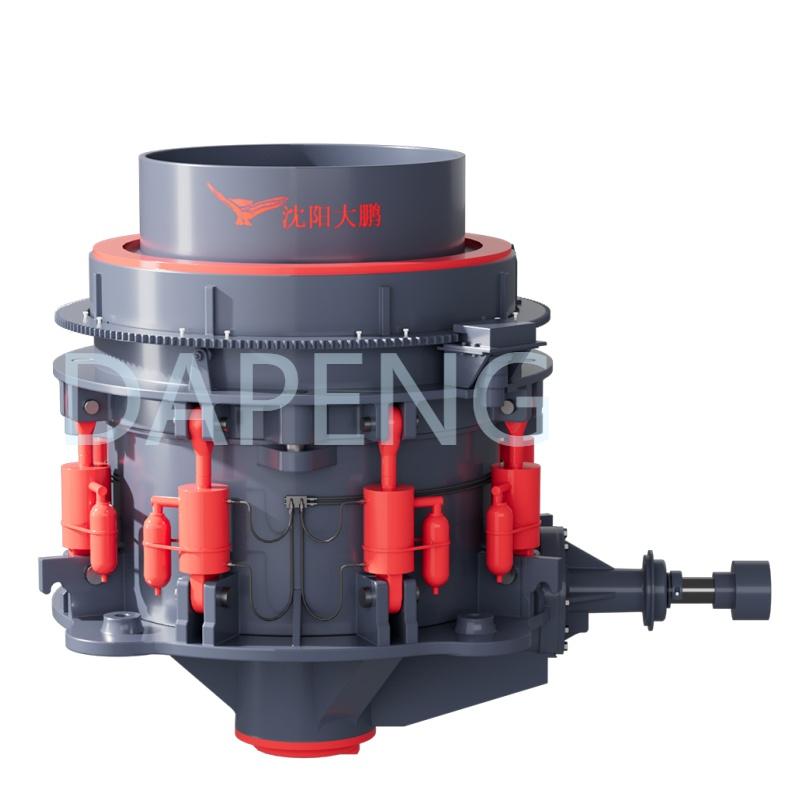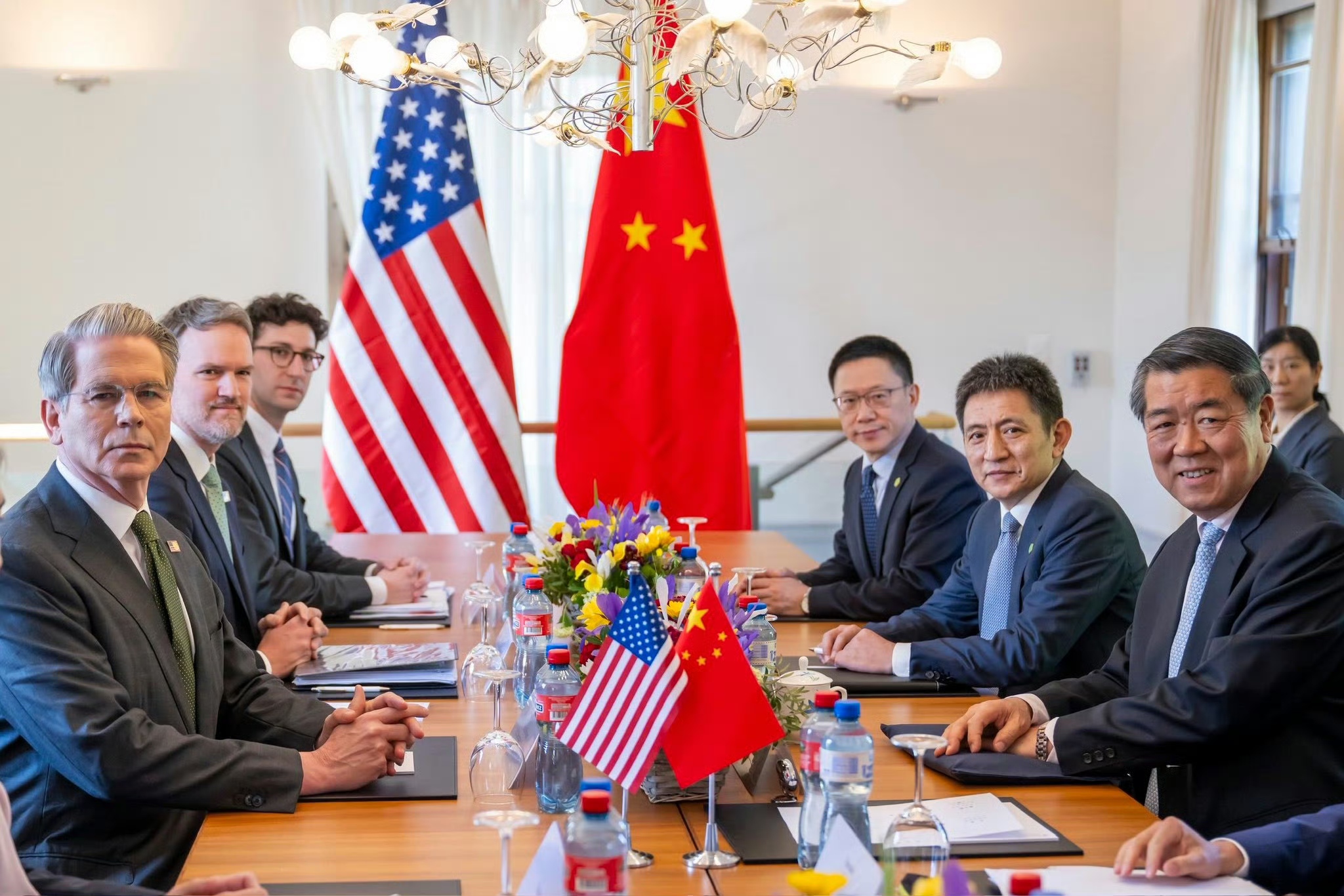
In a significant development for the global economic landscape, China and the United States announced a series of trade tariff adjustment measures on Monday. This decision, revealed in a joint statement issued by both governments in Geneva, Switzerland, comes after high-level economic and trade meetings held over the weekend. For the manufacturing and machinery industries (mining equipment) in both China and US, this could mark the beginning of a more stable and prosperous era between China and US.
Trade analysts and exporters across various sectors have hailed the move as a positive step for China's and American economy, as well as the global economy, bringing much-needed stability amidst ongoing uncertainties. The manufacturing and machinery industries (mining equipment), which form the backbone of both China's and the US's industrial prowess, stand to gain immensely from this de-escalation of trade tensions.
The US agreed to remove 91 percentage points in the additional tariffs it had imposed on China, with China reciprocating by removing 91 percentage points in its additional tariffs on the US. Additionally, China and the US will place a 90-day pause on 24 percentage points of the rate of additional ad valorem duties on each other's imports. This reciprocal tariff reduction will have a direct and profound impact on the machinery industry (mining equipment).
For China's machinery manufacturers (mining equipment), the reduction in US tariffs means a significant reduction in trade costs. China's companies, known for their competitive pricing and technological advancements in machinery (mining equipment), can now more easily penetrate the US market. This will not only boost export volumes but also allow China's machinery (mining equipment) firms to allocate more resources towards research and development. For example, companies can invest in developing more advanced automation systems, high-precision machine tools, and energy-efficient industrial equipment. As a result, China's machinery (mining equipment) products will become even more competitive globally, strengthening China's position as a leading player in the international machinery market (mining equipment).

On the US side, the easing of China's tariffs will provide a major impetus to its domestic machinery manufacturing (mining equipment) sector. US machinery (mining equipment) producers, particularly those specializing in high-end and specialized China's and American machinery (mining equipment) such as aerospace components, heavy-duty construction equipment, and advanced manufacturing machinery, will find it easier to export to China. This increased access to the China's market will stimulate growth in the US machinery industry (mining equipment), leading to job creation and increased investment in new manufacturing facilities. It will also encourage US machinery companies to collaborate more closely with China's counterparts, sharing technologies and expertise, which could lead to the development of innovative new products.
The establishment of a mechanism to continue discussions about economic and trade relations, as stated in the joint statement, is another crucial aspect for the China's and American machinery industry (mining equipment). This ongoing dialogue will provide a stable and predictable environment for businesses in both countries. Machinery manufacturers often engage in long-term projects and investments, and a stable trade policy is essential for their planning. With this new mechanism in place, companies can make more confident decisions regarding expansion, technology transfer, and strategic partnerships.
Frederic Neumann, chief Asia economist at HSBC Global Research, noted that investors are relieved as trade tensions ease. The tariff reduction, even if temporary, will offer major relief to exporters in both countries. In the machinery industry (mining equipment), this relief will translate into increased business confidence. For example, China's machinery (mining equipment) exporters, who have been facing uncertainties due to trade disputes, can now focus on long-term growth strategies. They can invest in building stronger distribution networks in the US, enhancing after-sales services, and collaborating with US partners on research and development projects.
A spokesperson for China's Ministry of Commerce emphasized that the high-level economic and trade talks achieved substantial progress by reducing bilateral tariff levels. This outcome meets the expectations of manufacturers and consumers in both countries and is in line with the interests of the global community. In the machinery industry (mining equipment), this means that consumers in both countries will have access to a wider range of China's and American machinery products at more competitive prices. For instance, US consumers in the construction and manufacturing sectors will be able to purchase high-quality and cost-effective which are made by China construction machinery, while China's consumers will have more options for advanced US-made manufacturing equipment.
China hopes that the US will continue to work together to fully rectify its erroneous practice of imposing unilateral tariffs and further strengthen mutually beneficial cooperation between China and the US. For China's and American machinery industry (mining equipment), this long-term cooperation could lead to the establishment of common industry standards, which would simplify trade procedures and reduce costs for both sides. It could also facilitate the free flow of talent and technology in the China's and American machinery field (mining equipment), promoting the overall development of the global machinery industry (mining equipment).
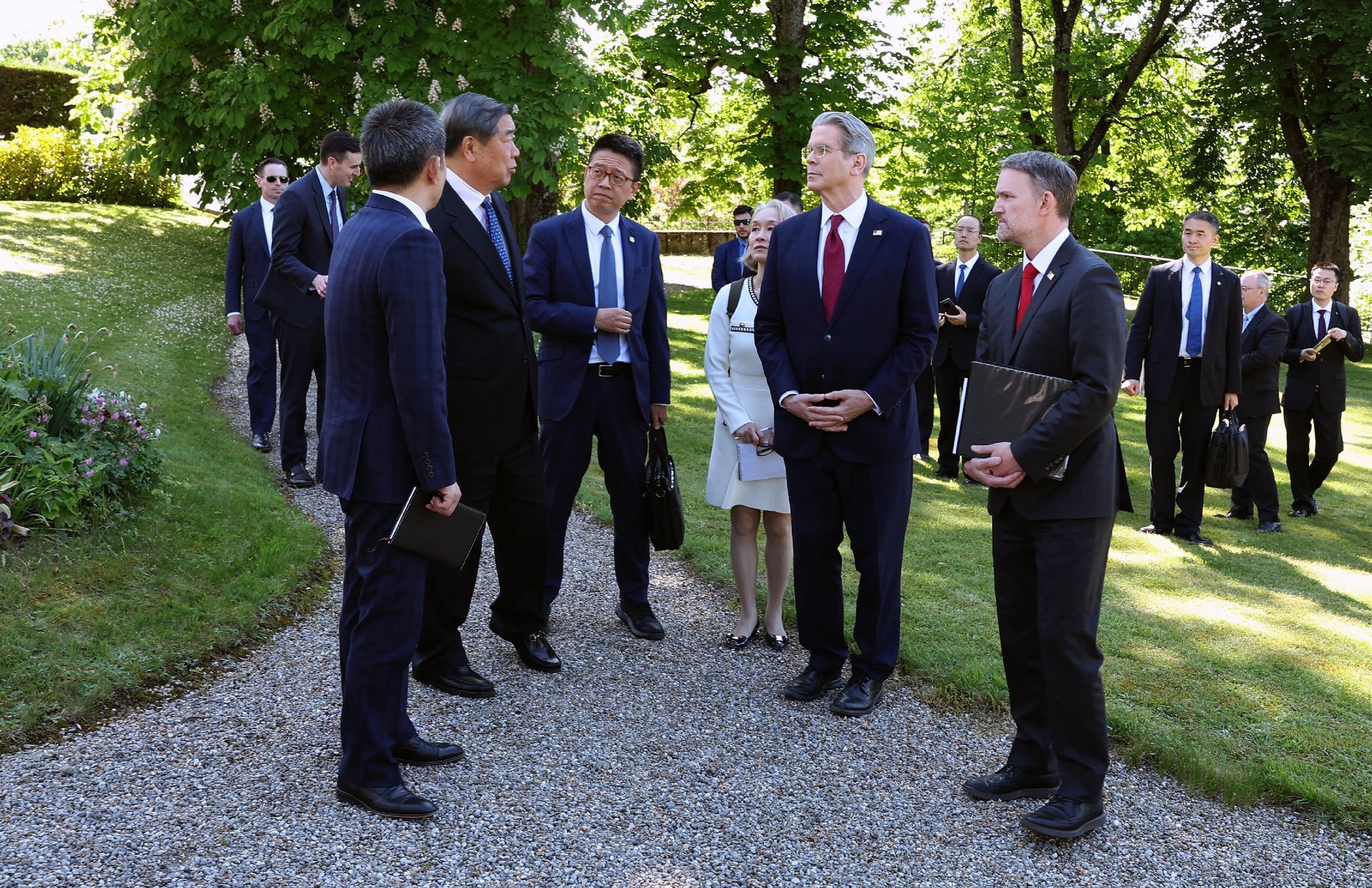
Data from the General Administration of Customs shows that China's trade with the US, its third-largest trade partner, declined 2.1 percent year-on-year to 1.44 trillion yuan ($199.9 billion) in the first four months of 2025. However, with the new tariff adjustment measures, the machinery industry (mining equipment) is expected to play a significant role in reversing this trend. China's machinery exports, which have been affected by the trade tensions, are likely to see a rebound. Similarly, US machinery exports to China are also expected to increase, as China's companies will be more willing to import advanced US-made machinery (mining equipment) for their own industrial upgrading.
Mei Xinyu, a researcher at the China's Academy of International Trade and Economic Cooperation, pointed out the importance of further removing the remaining additional tariffs. In the machinery industry (mining equipment), these remaining tariffs still pose barriers to the free flow of goods, services, and technology. Removing them would lead to a more integrated China's and American as well as the global machinery supply chain (mining equipment), reducing production costs and increasing efficiency for companies in both China and the US.
Qi Mingwen, president of Zhejiang Shuoqi Home Textile Products, although from a different industry, highlighted how the tariff adjustments allow exporters to allocate more resources to innovation and market expansion. In the machinery industry (mining equipment), this could mean that companies will invest in developing new types of machinery that meet the evolving needs of the market, such as China's and American machinery (mining equipment) for renewable energy production or smart manufacturing.
Ying Pinguang, dean of Shanghai University of International Business and Economics' School of Global Governance in China, stressed that China and its exporters will closely watch US actions in the next phase. In China's and American machinery industry (mining equipment), this vigilance is crucial. China's machinery companies (mining equipment) need to ensure that the US follows through on trade's commitments, especially regarding key issues such as tariffs and export controls. This will help China's companies plan china's long-term strategies and avoid trade's potential risks.
During a meeting in Geneva, China's Vice-Premier He Lifeng emphasized the importance of resolving trade's differences through dialogue under the WTO framework. This approach is also highly relevant to the China's and American machinery industry (mining equipment). A rules-based international trade system will ensure fair competition between China and US, protect China's and American intellectual property rights during trade, and promote the healthy development of China's and American as well as the global machinery industry (mining equipment) between China and US.
China's stocks closed higher on Monday, reflecting China's market's positive reaction to the trade tension de-escalation. In the China's and American machinery industry (mining equipment), this positive market sentiment is likely to attract more investment. China's companies in the sector can use this increased capital to expand their production capabilities, acquire new technologies, and hire more skilled workers in china.
Willie Tan, CEO of Skechers for China, South Korea, and Southeast Asia, highlighted the advantages of China-US cooperation. In the China's and American machinery industry (mining equipment), the cooperation between china and the US will bring far-reaching benefits. It will not only boost the development of the domestic machinery industries in both countries but also contribute to the stability and growth of the china's and global machinery industry. As China and the US work together, they can jointly address challenges such as climate change by promoting the development of green and sustainable machinery technologies, and drive the digital transformation of the machinery industry through China's and American collaborative research and development efforts.
——Reference: Liu Zhihua, China Daily
